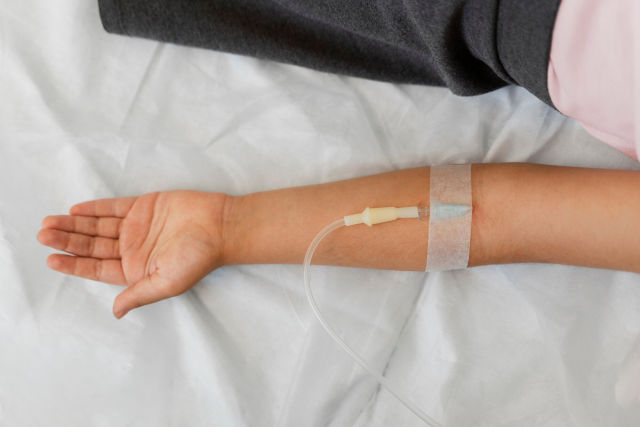
Catheters are essential in modern medical procedures, providing critical support for urinary drainage, cardiovascular interventions, and intravenous treatments. However, improper catheter use can lead to serious complications, including catheter-associated infections (CAIs), posing significant risks to patient safety. In 2022, the global catheter industry was valued at $43.18 billion, and it is projected to reach $84.5 billion by 2030, growing at a CAGR of 6.4% (2023-2030). This article highlights the best infection control practices, sterilization techniques, and advancements in catheter technology to enhance patient safety and healthcare efficiency.
The Risks of Catheter-Associated Infections and Prevention Methods
Two of the most prevalent infections associated with catheter usage include:
- Catheter-Associated Urinary Tract Infections (CAUTI) – Occurs due to prolonged catheterization, bacterial colonization, and poor hygiene practices.
- Catheter-Related Bloodstream Infections (CRBSI) – Can result from contaminated catheters, leading to serious systemic infections.
Key Preventive Measures
- Minimizing Catheter Use – Catheters should only be used when absolutely necessary to reduce infection risks.
- Aseptic Techniques – Strict hand hygiene, sterilized equipment, and proper insertion protocols are crucial in preventing contamination.
- Routine Monitoring & Early Removal – Regular inspection for signs of infection and timely catheter removal help minimize complications.
Importance of Catheter Sterilization and Hygiene Management
Proper sterilization and hygiene are essential to prevent infections and ensure patient safety. Effective strategies include:
- Single-Use Sterile Catheters – Using pre-sterilized, single-use catheters significantly lowers contamination risks.
- Routine Cleaning & Decontamination – Regularly disinfecting catheter ports, insertion sites, and drainage bags prevents bacterial growth.
- Closed Drainage Systems – Sealed urinary catheter systems reduce external contamination, lowering the risk of CAUTI.
Standardized Protocols for Catheter Insertion and Removal
Following documented clinical guidelines ensures safe catheter placement and removal, reducing infection risks and patient discomfort.
Catheter Insertion Best Practices
- Pre-Insertion Sanitization – Clean the site with antiseptic solutions, wear sterile gloves, and use germicidal soap.
- Appropriate Catheter Selection – Choose the correct catheter type and size to minimize irritation and complications.
- Ultrasound-Guided Placement – Enhances precision in central venous catheter insertion, reducing misplacements and trauma.
Safe Catheter Removal Guidelines
- Prompt Removal – Catheters should be removed as soon as they are no longer needed.
- Gentle Extraction Technique – Avoid tugging to prevent tissue damage and reduce infection risks.
- Post-Removal Monitoring – Observe patients for signs of infection, fever, or localized swelling.
Advancements in Infection-Resistant Catheter Materials & Coatings
Innovative catheter materials are transforming infection control by reducing bacterial adhesion and microbial growth:
- Antimicrobial-Coated Catheters – Embedded with silver or antibiotic coatings to prevent bacterial colonization.
- Hydrophilic Catheters – Feature a smooth, lubricated surface that reduces friction and tissue damage, lowering infection risks.
- Biofilm-Resistant Materials – These anti-adhesive coatings inhibit bacterial biofilm formation, improving catheter safety and longevity.
Final Thoughts
Effective infection control and catheter safety measures are critical in reducing healthcare-associated infections (HAIs). Healthcare providers play a vital role in ensuring proper catheter insertion, maintenance, and removal to enhance patient safety.
With ongoing technological advancements in catheter materials and coatings, hospitals and clinics can minimize infection risks, improve patient outcomes, and enhance healthcare efficiency. By adopting strict sterilization protocols and leveraging innovative catheter designs, the medical industry can significantly reduce catheter-associated infections and promote safer, more effective patient care.






